The Color Blue | Meaning & Psychology
Blue is a color that designers love to use not just because of its excellent effect on the viewer’s eyes, but the meaning of it too. Join us as we get into everything about blue.
We’re diving into them from when and where to use blue to blue logo designs.
Blue as a Color
Blue—a color that screams calm and serene. It’s the hue of our oceans and skies. According to color psychology, blue represents loyalty, security, and trustworthiness.
But blue is so much more than that!
Ancient Egyptians have the title of being Blue’s inventor. It went through a rigorous process from its earliest creation in 2,200 B.C.
They created blue by combining ground limestone, sand, and copper materials like azurite or malachite. Then they’re heated with temperatures of 1470 and 1650°F or 798.09°C and 897.99°C.
This process creates an opaque blue glass that’s then crushed and mixed with egg whites to create long-lasting paint. But later, as the years passed, some variations appeared:
- Ultramarine: By the 6th century, discovering the pigment ultramarine (renaming lapis lazuli) in a Buddhist painting in Afghanistan was huge news. And when imports of it came to Europe in the 14th and 15th centuries, ultramarine gained the status of being as precious as gold. Only the wealthy could have this color in paintings like Johannes Vermeer’s Girl WIth Pearl Earring (1665).
- Cobalt Blue: Cobalt blue surfaced in the 8th and 9th centuries. You’d see this hue on jewelry, ceramics, and porcelain. It became a cheaper alternative after French chemist Louis Jacques Thénard discovered it in 1802. Mass production of cobalt blue only started in 1807, and painters like J. M. W. Turner, Pierre-Auguste Renoir, and Vincent Van Gogh used it in their paint. If you look at Van Gogh’s Starry Night, cobalt blue surrounds the moon on the far right side.
- Cerulean: Priorly known as coeruleum, cerulean was perfected by a German chemist, Andreas Höpfner, in 1805 by roasting cobalt blue with tin oxides. Berthe Morisot, a French painter, used cerulean alongside ultramarine and cobalt blue in his painting, Summer’s Day. Also, by 1999, Pantone declared Cerulean as the hue of the future and millennium.
- Indigo: Indigo comes from a plant called Indigofera tinctoria. Despite the rarity and expensiveness of blue as paint, it was great for textiles. By the 16th century, indigo became a widespread good for trading and even incited trade wars between Europe and America. Now, it’s used to color denim and has an eco-friendly substitute, “bio-indigo.” Sir Isaac Newton also defended the existence of indigo—and orange—to his fellow scientists as part of the color spectrum.
- Navy Blue: It’s the darkest shade of blue. As the name suggests, its first use was by the British Royal Navy in 1748. Officers and sailors used this color to show a unified front and geographic protection stations (air, land, and sea).
- Prussian Blue: Our third to the last blue came from an accident by German dye-maker Johann Jacob Diesbach. He added animal blood to the potash to make it redder, but the outcome was a vibrant blue. It was used by artists like Pablo Picasso in his Blue Period and by Katsushika Hokusai in his Great Wave off Kanagawa and other pieces. Also, thanks to Sir John Herschel, an English astronomer, who discovered that Prussian blue was sensitive to light, it’s great to use for drawings and blueprints.
- International Klein Blue: If you’re looking for a matte shade of blue, Internation Klein Blue is your color. French artist, Yves Klein, created this hue to attain a closer look at the sky in his paintings.
- YInMn: The latest color type added to the family of blue is YInMn. The name’s origins come from its chemical mixture of yttrium, indium, and manganese. Professor Mas Subramanian and his graduate student at the time, Andrew E. Smith, accidentally found this bright blue material while heating samples for exploring new electronic materials.
Some other choices for your blue fix are
- Turquoise
- Teal
- Royal Blue
- Cornflower
- and Powder Blue.
Now that you know the history of blue let’s explore when to use it in your respective color palettes for businesses.
When to use Blue in Design?
Depending on how your market perceives you, the color scheme you choose to pair with other design elements like business cards, email signatures, etc., matters. For today, we’re focusing on blue.
If you want your customers to feel calm and relaxed, use blue, especially in your banners, since that’s the first thing they see on a website and blog. Just remember that saturation of color matters.
Depending on the saturation, you can have light, vibrant, and dark blues! Light blues give off the emotion of calm. Deep blues are energizing and refreshing to the eyes.
Lastly, dark blues show a more professional and corporate feel. However, it could also be associated with your niche.
Tech companies and plumbing logo designs have this as their business color since it symbolizes technology and water-related products and services. Use blue sparingly since other shades’ have different meanings and might cause turmoil in your market.
Here are some hex codes for your type of blue tint and shade.

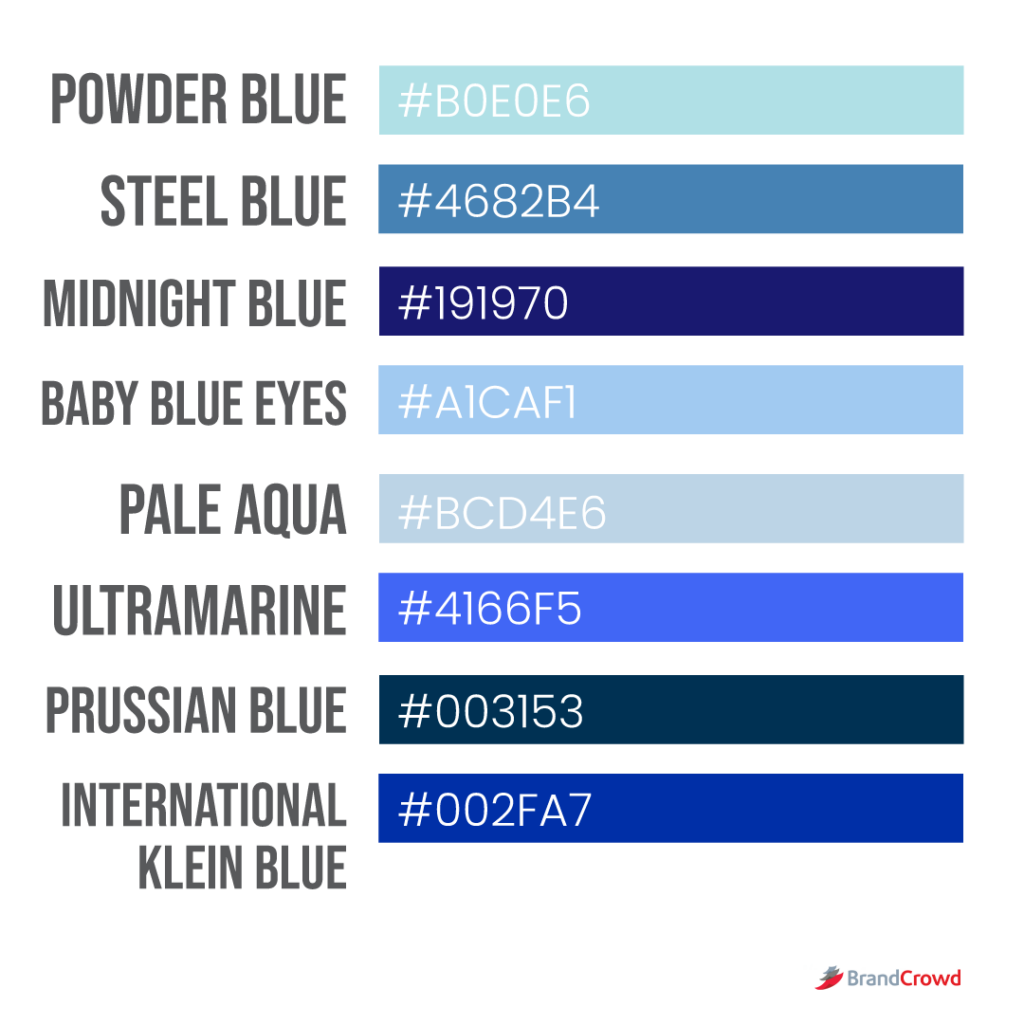
Loyal Blue Logos
Let’s get into our catalog of blue logos so you can take inspiration for your business design. We have around five categories just for you.
- Famous Blue Logos
- Cool Blue Logos
- Dark Blue Logos
- Blue and Black Logos
- Blue Brand Logos
Famous Blue Logos
First on the list are famous logos. Do you recognize any of the brands below?
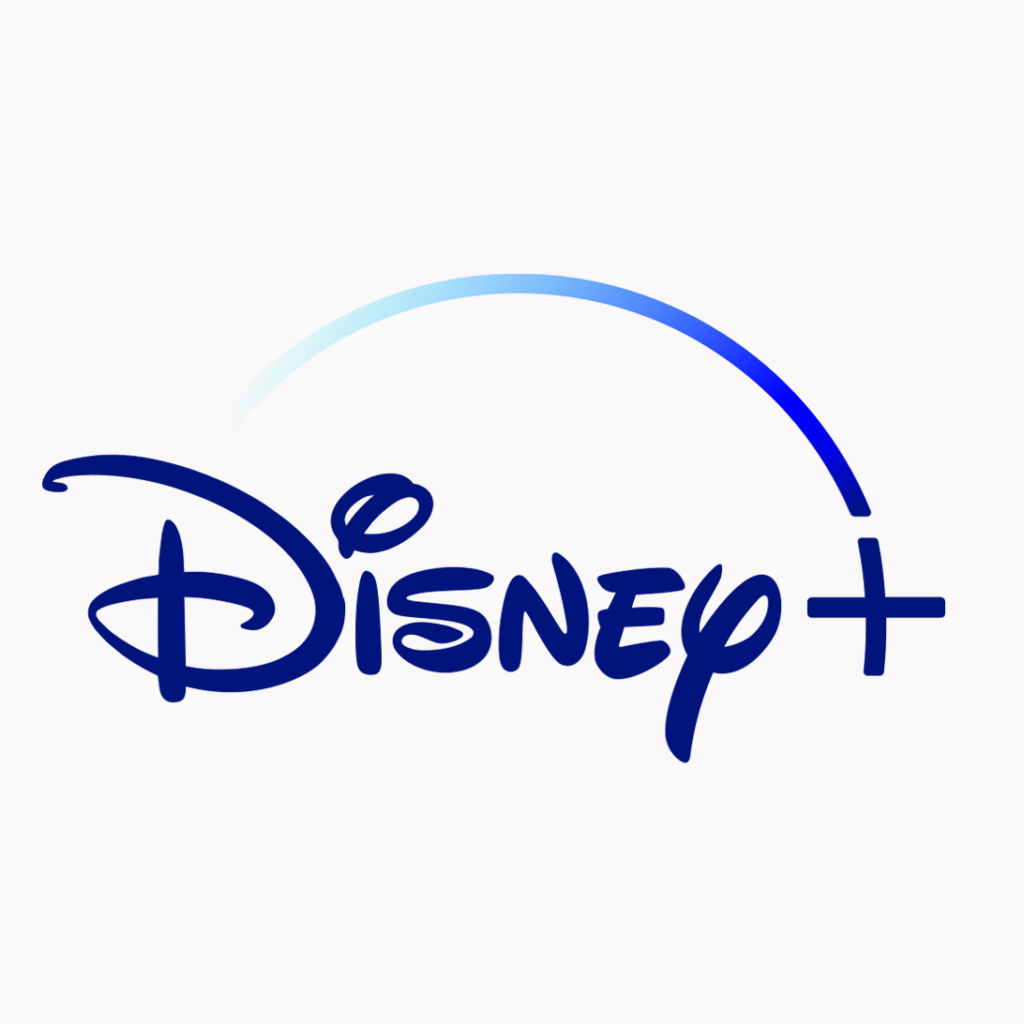
Disney Plus

Ford
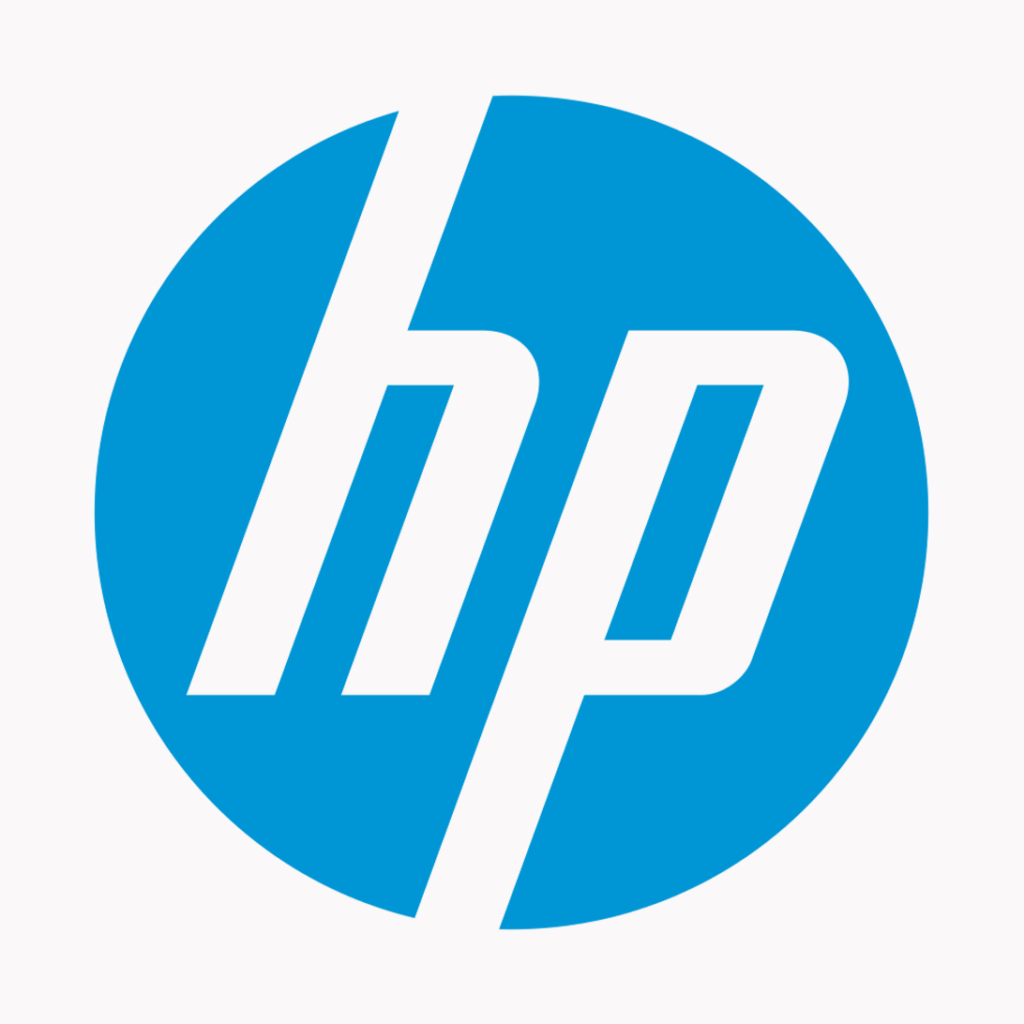
HP
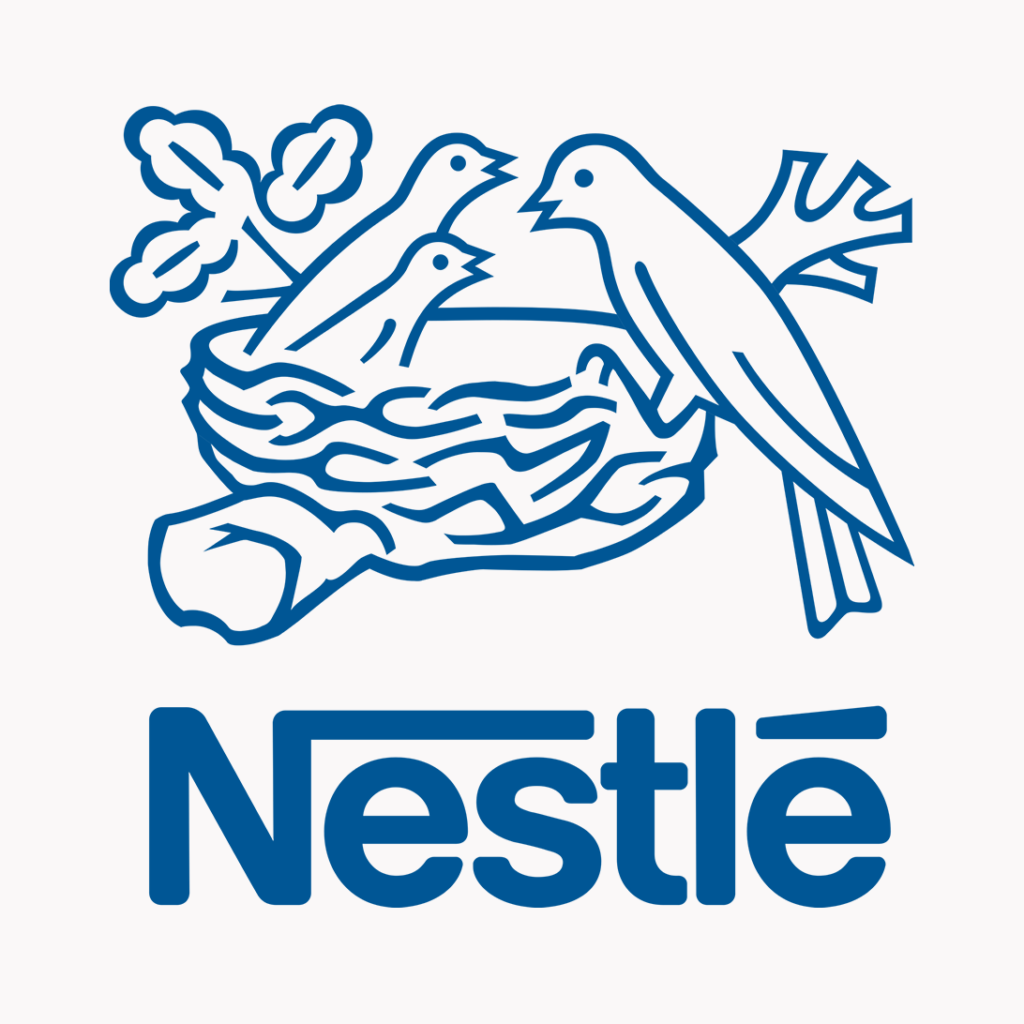
Nestle
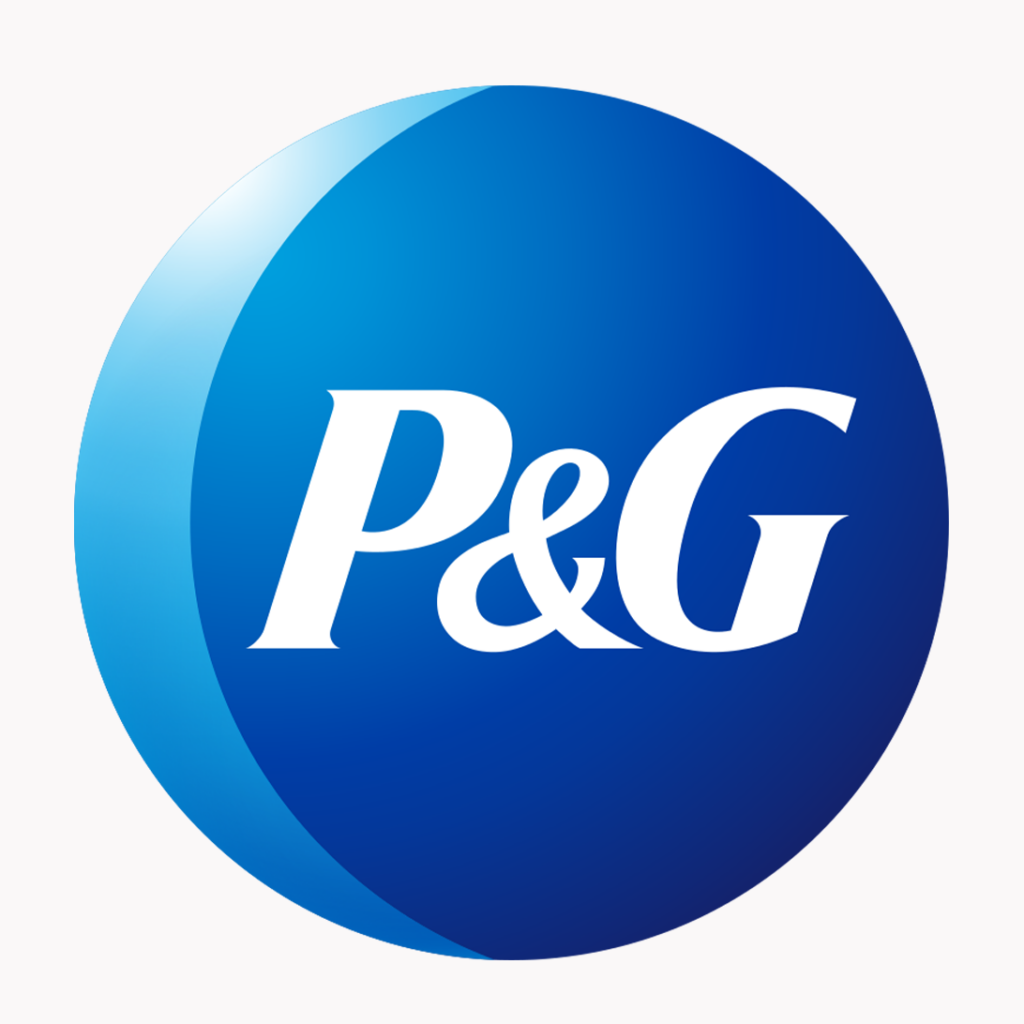
P&G
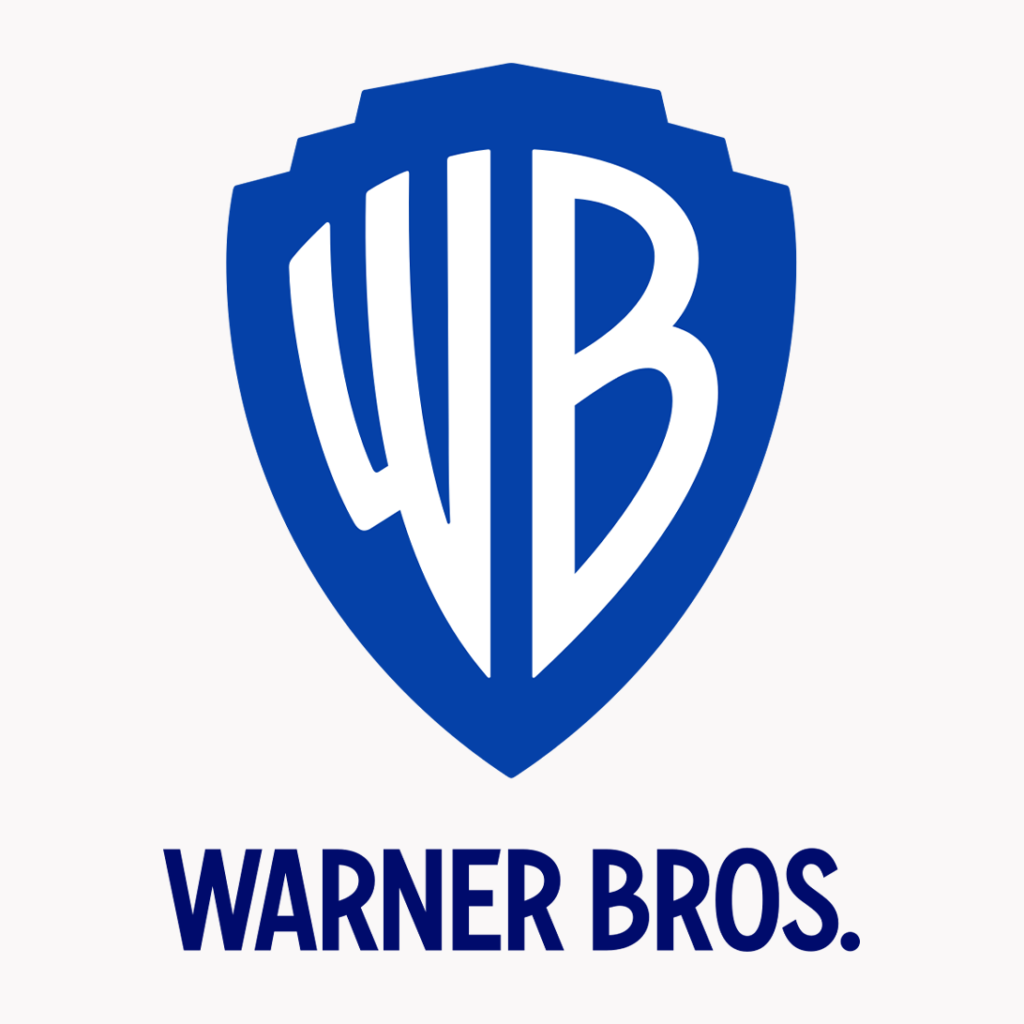
Warner Bros.
Cool Blue Logos
If you want to look unique and eye-catching, use cool logos in a blue hue. Check out the designs below for a fresh new look.
Check out the designs below for inspiration.

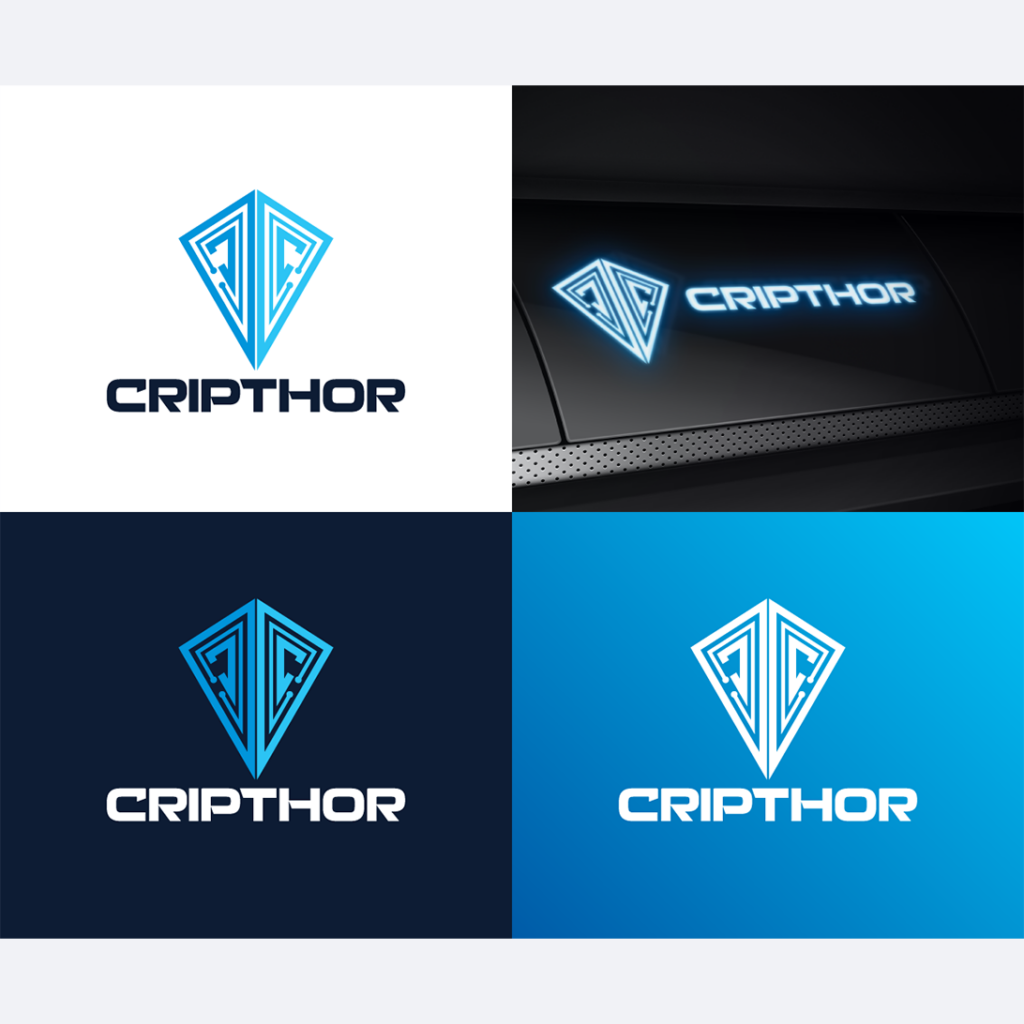
Blue Logo Design by Sergio Coelho
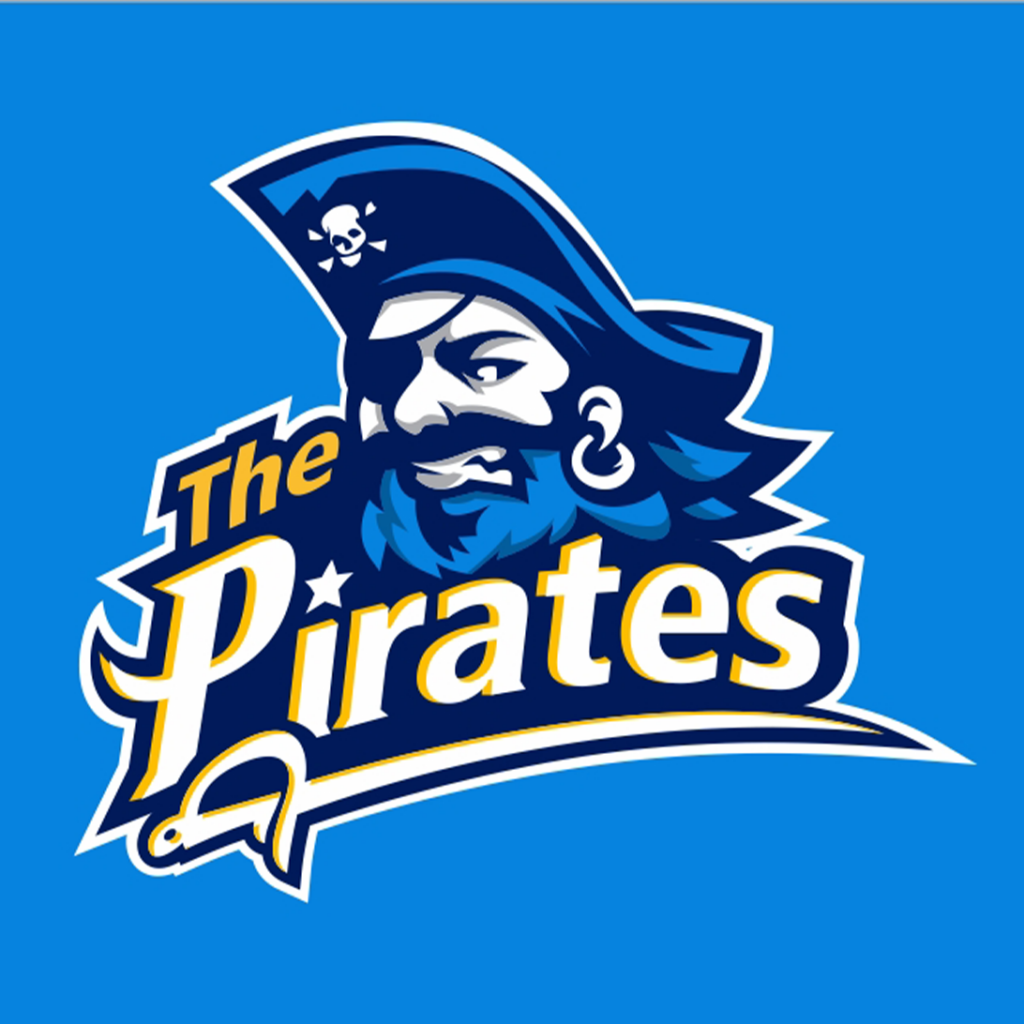
Masculine, Blue Logo Design by r-toha

Masculine, Blue sports teams Logo Design by alok bhopatkar

Colorful, Blue Trucking Company Logo Design by uniquetarget
Dark Blue Logos
Suppose you want dark blue logo designs. Look professional, look serious, and have integrity. Dark blue is the shade choice for you.
Find the perfect logo design below.
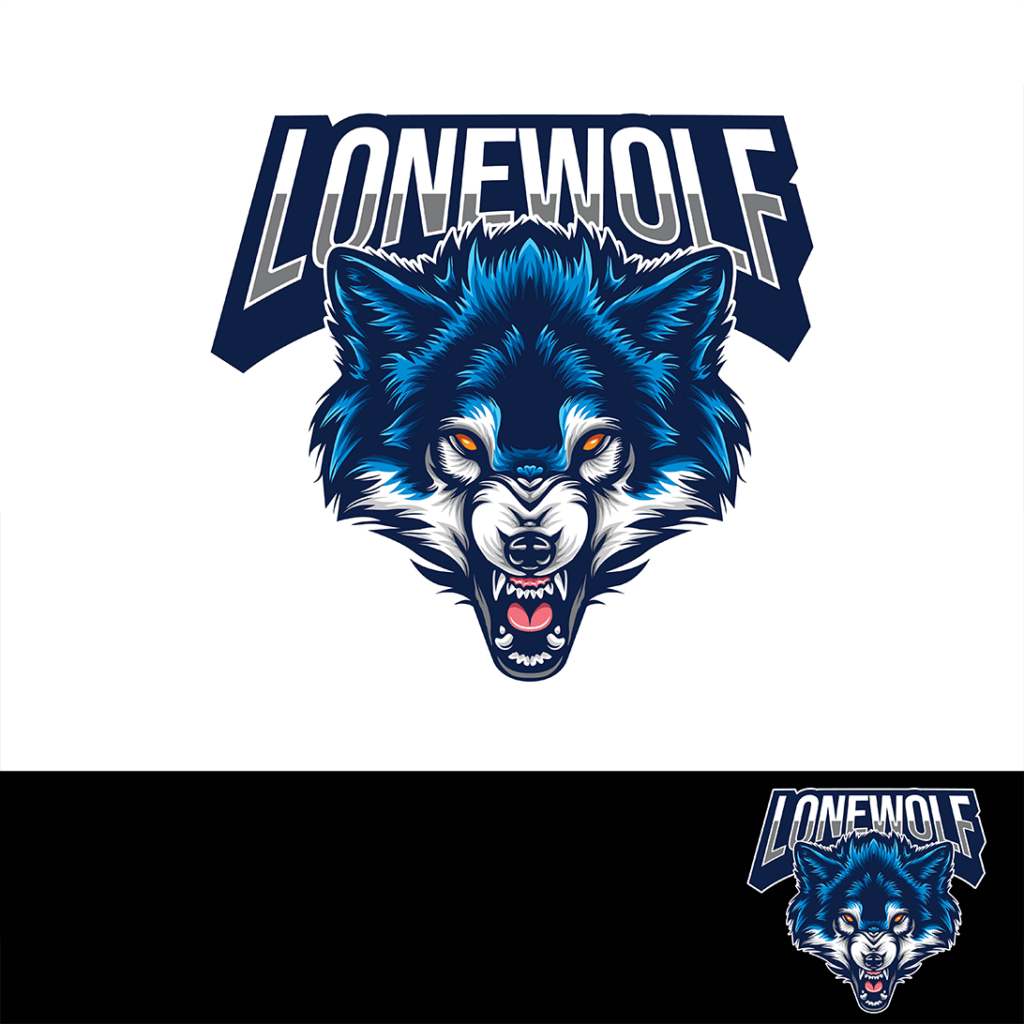
Blue Logo Design by ARTchemist
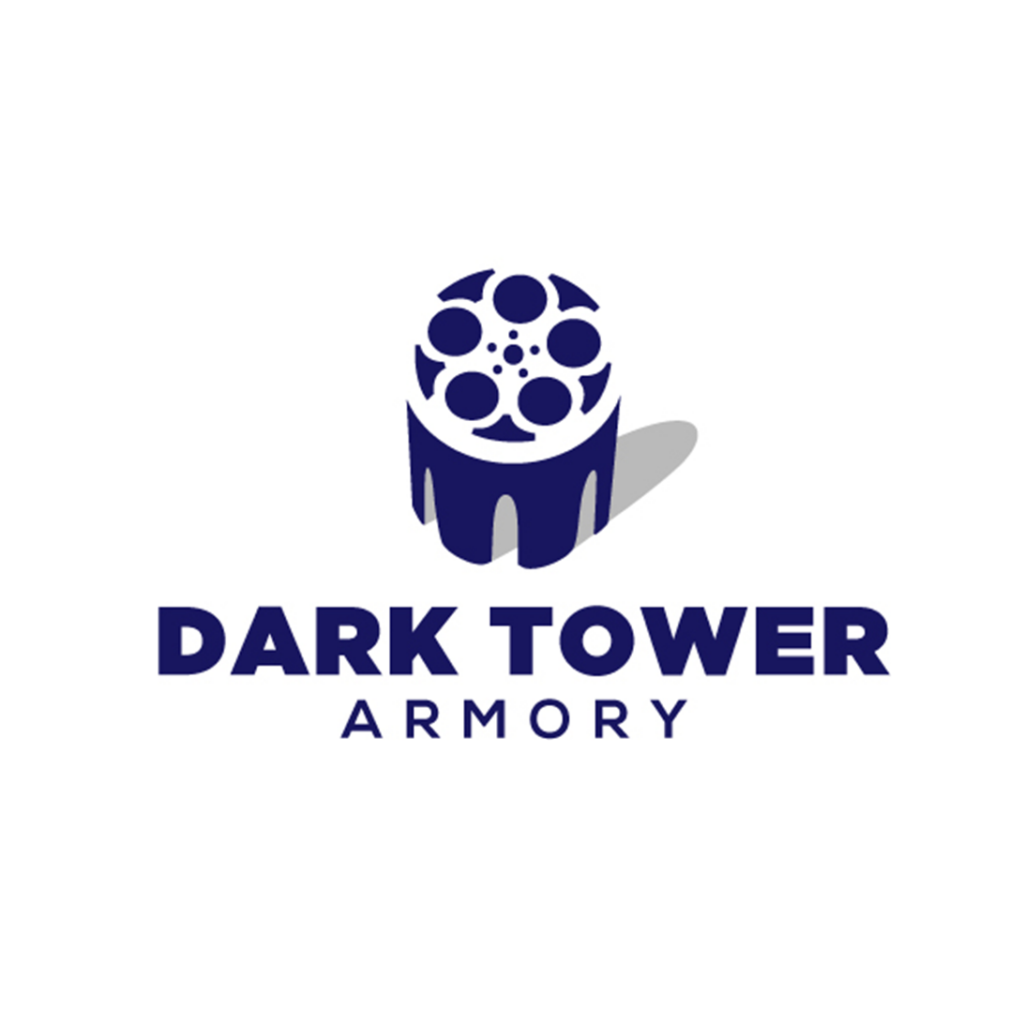
Bold, Blue Gun Shop Logo Design by ecorokerz

Colorful, College Logo Design by aquabomb26
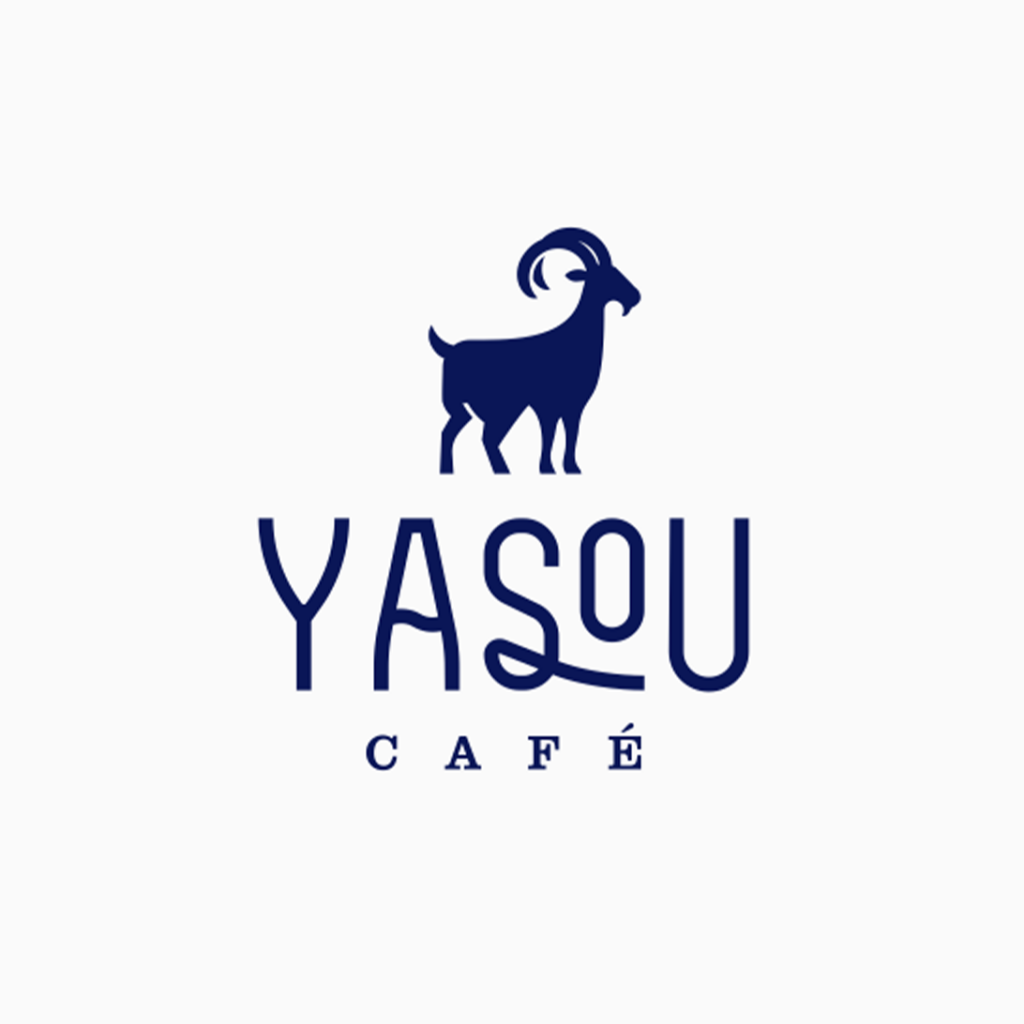
Elegant, Blue Logo Design by luiz otavio I DESIGN
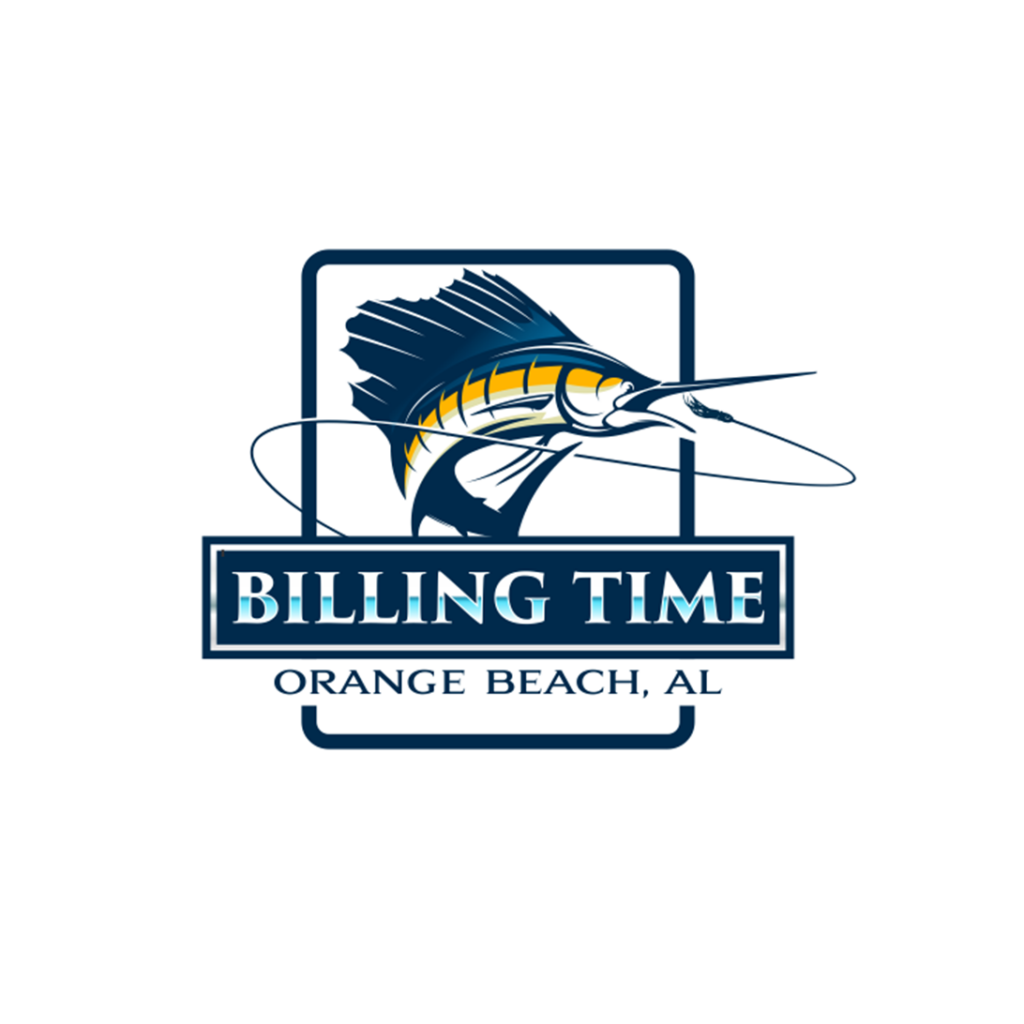
Elegant, Blue Royal Logo Design by ShadowcasterStudio
Blue and Black Logos
Combine black and blue; what do you get? A logo design for your business exudes a proper mix of powerful, professional, and loyal vibes.
Check out the blue and black logo designs below for a better understanding.

Black It Company Logo Design by sherman
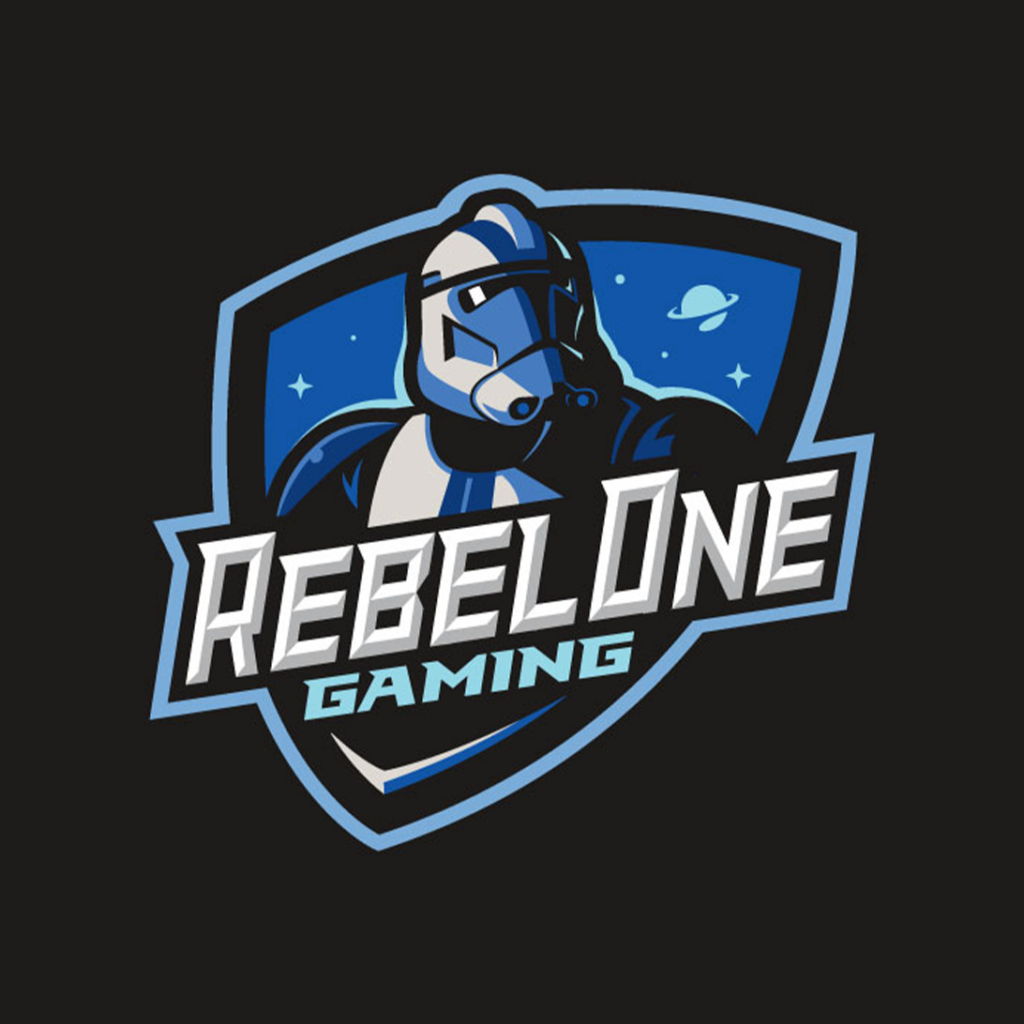
Bold, Blue Gaming Logo Design by -SD Design-

Masculine, Black It Company Logo Design by StudioD™
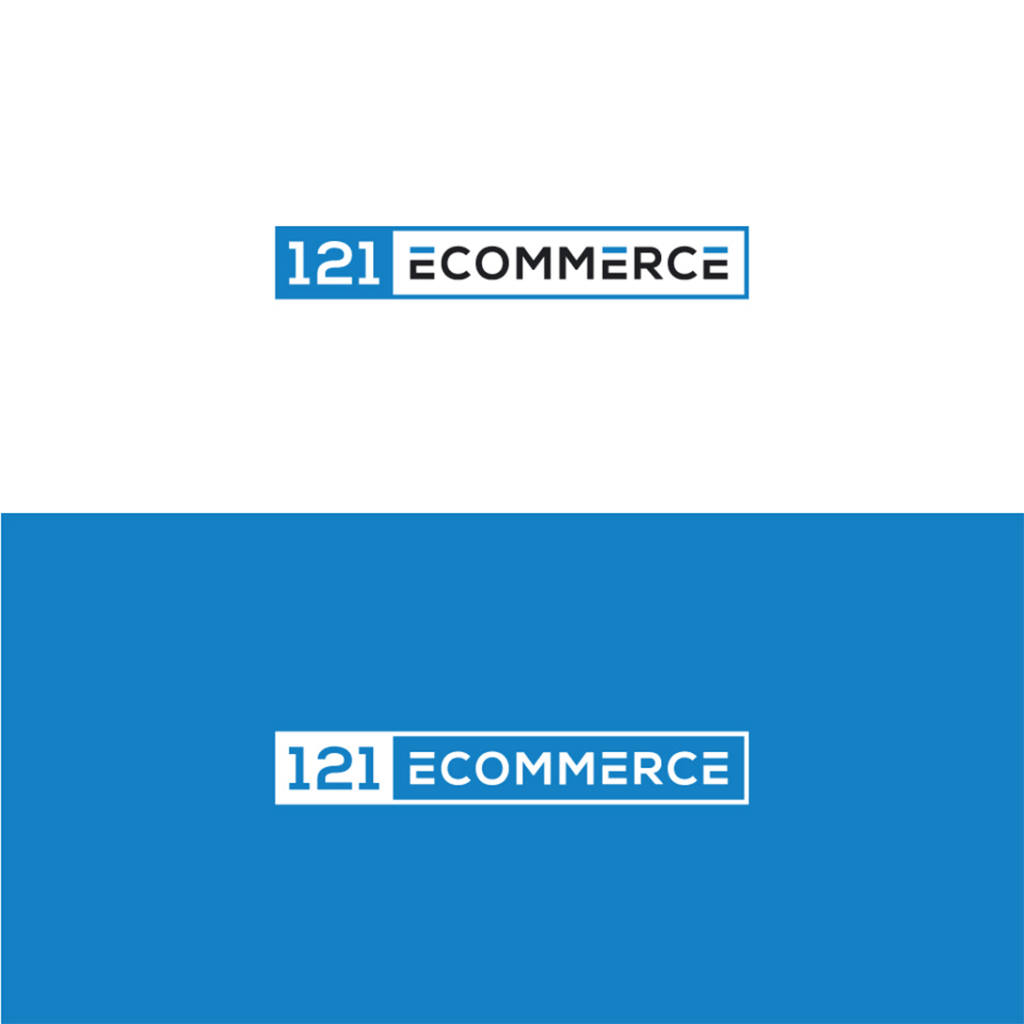
Masculine, Black Logo Design by dibbofficial

Serious, Black It Company Logo Design by Ellie Afonso
Create A Blue-Themed Design Today!
And there you have it! From the history of blue to logo designs in the hue just for you. Comment below which color we should feature next.
Strengthen your brand identity today with your logo design of choice. Allow us to help you in that department. We have thousands upon thousands of logo templates you can pick and DIY.
But wait, there’s more! We also have social media templates like YouTube banners, Twitter post templates, email signatures, free logo templates, and more!
Use our services today and breathe life into your design ideas today!



